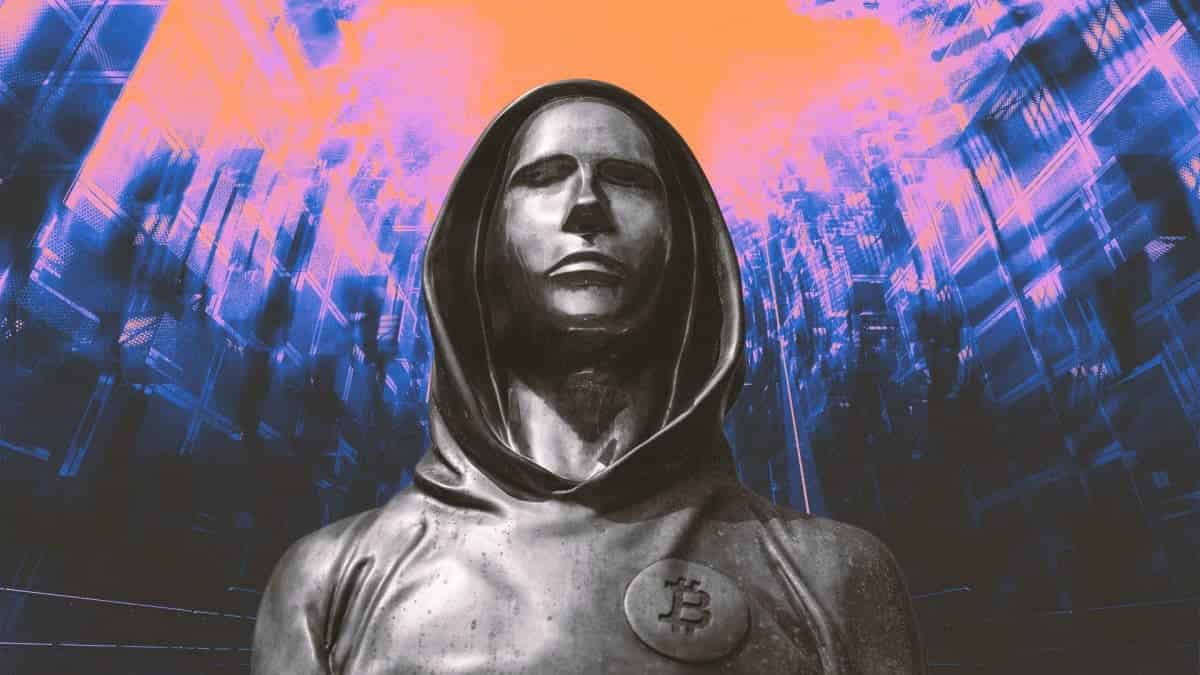Here’s what Satoshi said to do if quantum computing cracks Bitcoin
Quick Take Amid reignited discussions on the threat to Bitcoin following Google’s Willow quantum computing chip release, the community shared Satoshi’s prior guidance in case SHA-256 is ultimately broken.

Google’s announcement of Willow on Monday, its first quantum chip, reignited fears that Bitcoin users’ private keys could be decrypted. However, pseudonymous creator Satoshi Nakamoto had already provided guidance on such a scenario.
Bitcoin relies on two types of encryption: the Elliptic Curve Digital Signature Algorithm (ECDSA) with secp256k1 and the secure hash algorithm SHA-256. ECDSA is the digital signature algorithm used in Bitcoin to secure private keys and authenticate transactions, and SHA-256 is the hashing algorithm that ensures data integrity and is critical to Bitcoin's proof-of-work mechanism, used to create cryptographic hashes in mining.
While Willow is a significant advancement in quantum technology, its 105 qubits are far fewer than required to break Bitcoin’s encryption algorithms.
Bitcoin entrepreneur Ben Sigman pointed out that ECDSA, vulnerable to Shor’s algorithm, would require several million physical qubits to break it. SHA-256 is even more demanding, needing hundreds of millions of qubits via Grover’s algorithm to pose a significant threat. “Bitcoin’s cryptography remains SAFU... for now,” he said.
In response, one community member brought up a BitcoinTalk post from Satoshi in June 2010 that provided some guidance on what could be done if Bitcoin’s encryption was ever broken. “If SHA-256 became completely broken, I think we could come to some agreement about what the honest blockchain was before the trouble started, lock that in and continue from there with a new hash function,” Satoshi wrote at the time.
If the hash breakdown came more gradually, Bitcoin could transition to a new hash in an orderly way, Satoshi added. “The software would be programmed to start using a new hash after a certain block number. Everyone would have to upgrade by that time. The software could save the new hash of all the old blocks to make sure a different block with the same old hash can't be used.”
However, Avalanche founder Emin Gün Sirer warned about a more pressing issue for the 1.1 million BTC estimated to be held by Bitcoin’s pseudonymous creator. “Satoshi's early-mined coins used the very old Pay-To-Public-Key (P2PK) format, which reveals the public key and gives the attacker time to grind, for the mother of all cryptography bounties,” he said. “So, as QC gets threatening, the Bitcoin community might want to look into freezing Satoshi's coins, or more generally, provide a sunset date and freeze all coins at P2PK UTXOs.”
Of course, quantum computing poses a potential threat not only to Bitcoin but to all cryptocurrency networks, traditional bank accounts, secure file storage and any system relying on current cryptographic standards.
Disclaimer: The content of this article solely reflects the author's opinion and does not represent the platform in any capacity. This article is not intended to serve as a reference for making investment decisions.
You may also like
New spot margin trading pair — NEWT/USDT!
NEWTUSDT now launched for futures trading and trading bots
DMCUSDT now launched for futures trading and trading bots
$1,000 DMC Reserved for You! Join the BGB Holders Celebration Campaign Now!
